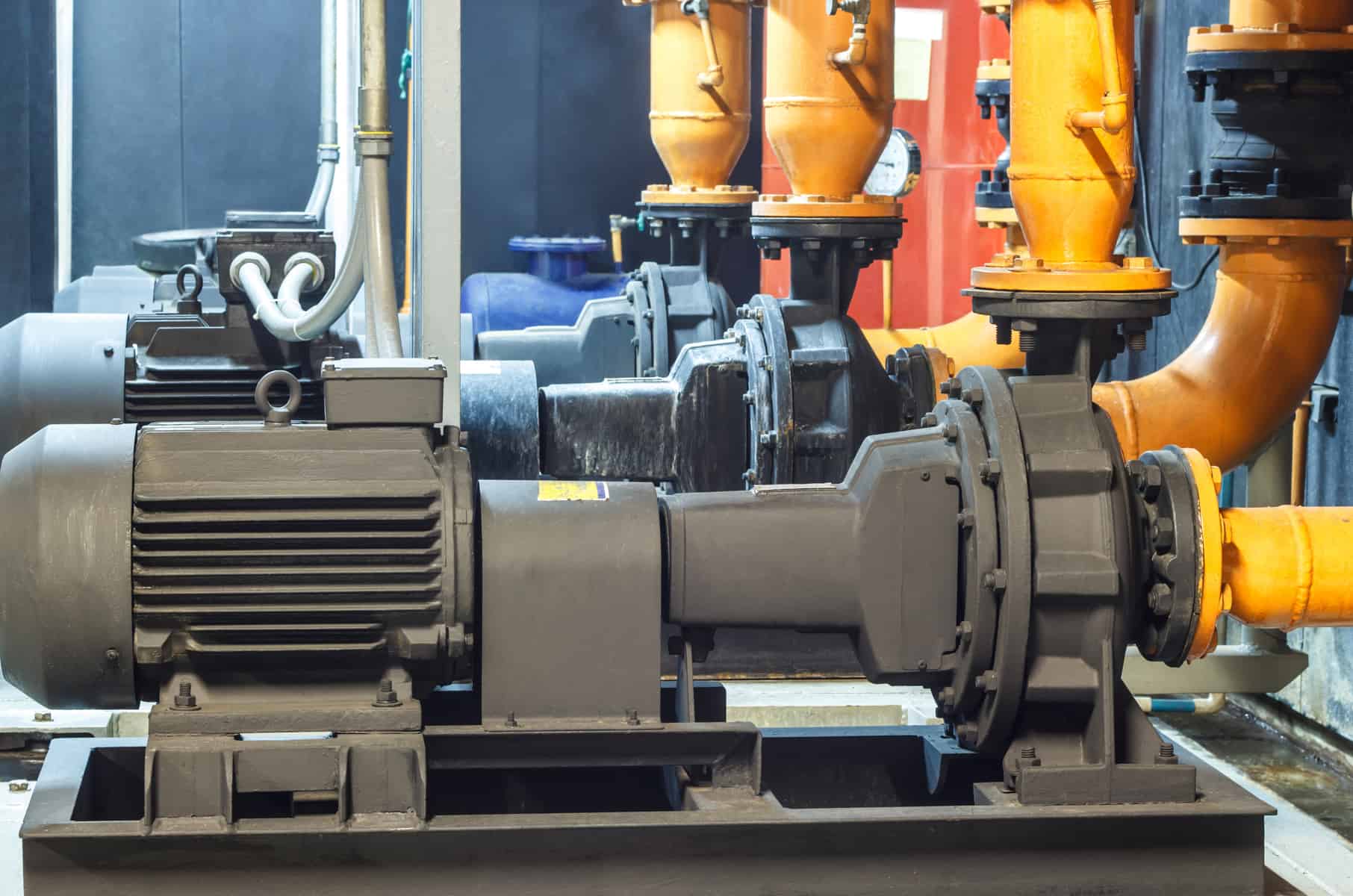
The energy that is needed to raise water by overcoming potential energy is essentially the reverse of how hydroelectric dams extract the potential energy of falling water:
where ρ is the density of the water (1,000 kilograms per cubic meter (kg/m3)), V is the volume of water raised, g is the acceleration due to Earth’s gravity (9.8 meters per second squared (m/s2)), and h is the net or cumulative change in height (in m). Raising a 10-liter (2.75-gallon) bucket of water through a distance of about 100 meters (330 feet) requires approximately 10,000 joules (10 British thermal units (Btu)) of energy. Pumping the water up only 10 m (33 feet), for example by raising the water from a river to the top of a nearby riverbank, requires 1,000 joules (1 Btu) of energy.
For continuous flows, it is more useful to look at the power required for pumping, which is the energy required over time:
For this equation, the term P is the change in potential energy per unit time (or the pumping power needed), ηp is the efficiency of the pump (approximately 80% or 0.8), and Q is the volumetric flow rate (m3/s). The other terms are the same as the prior equation. Pumping 100 liters per second—enough water for 1,900 average Americans—out of an aquifer 100 meters below the ground requires a pump with about 100 kW of pumping power. Keep in mind that a typical house needs 1 to 3 kW of power on average to run the whole place, so a pump that size consumes the same power as approximately 30 to 100 homes.
Pumps must also overcome friction within pipelines. The water industry terms the losses from friction “head losses,” which is analogous to the additional “head” or elevation that must be overcome for pumping. These losses can be described for turbulent flow by the Darcy-Weisbach equation:
where hf is the head loss due to friction (in meters, m), f is the unitless friction factor specific to physical parameters of the pipe, ΔL is the length of pipe through which the water is piped (m), v is the velocity of the fluid on average (m/s), and D is the diameter of the inside of the pipe. The gravitational constant g is the same as before.
Image Credits: benjamas154/Shutterstock.com.
Update your browser to view this website correctly.Update my browser now